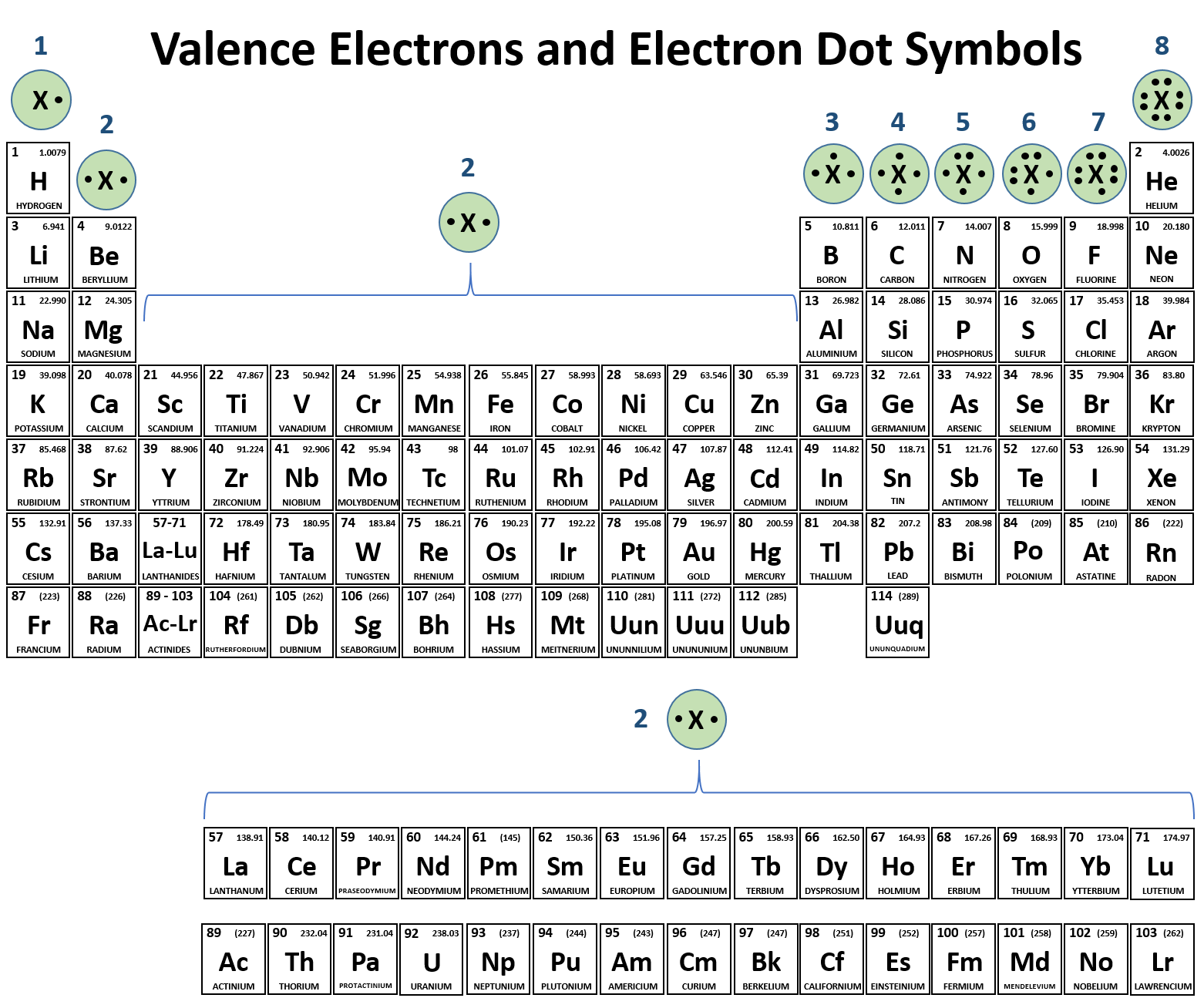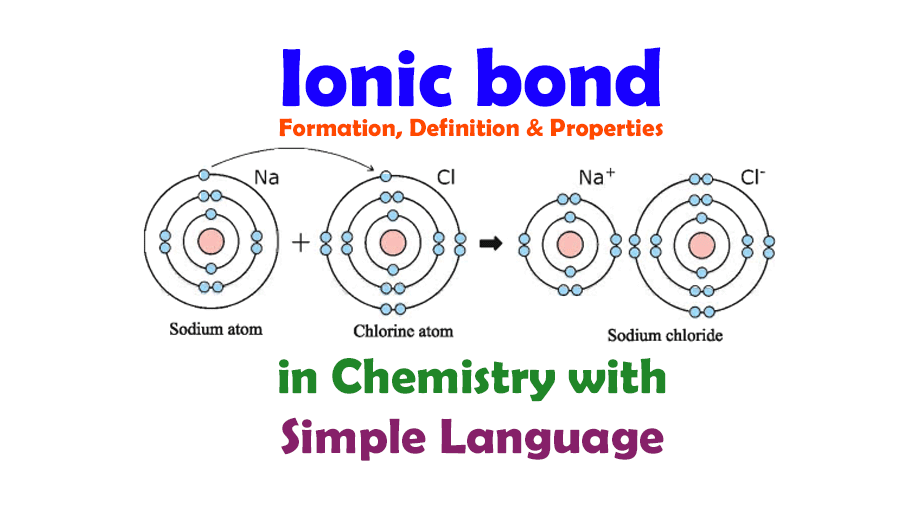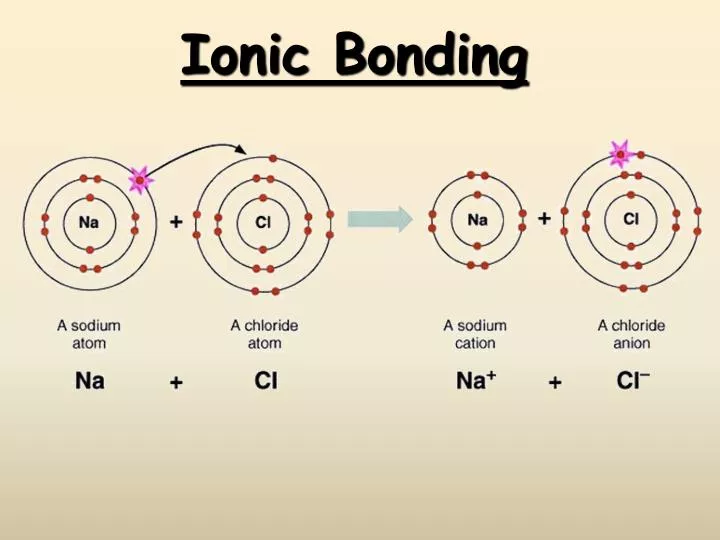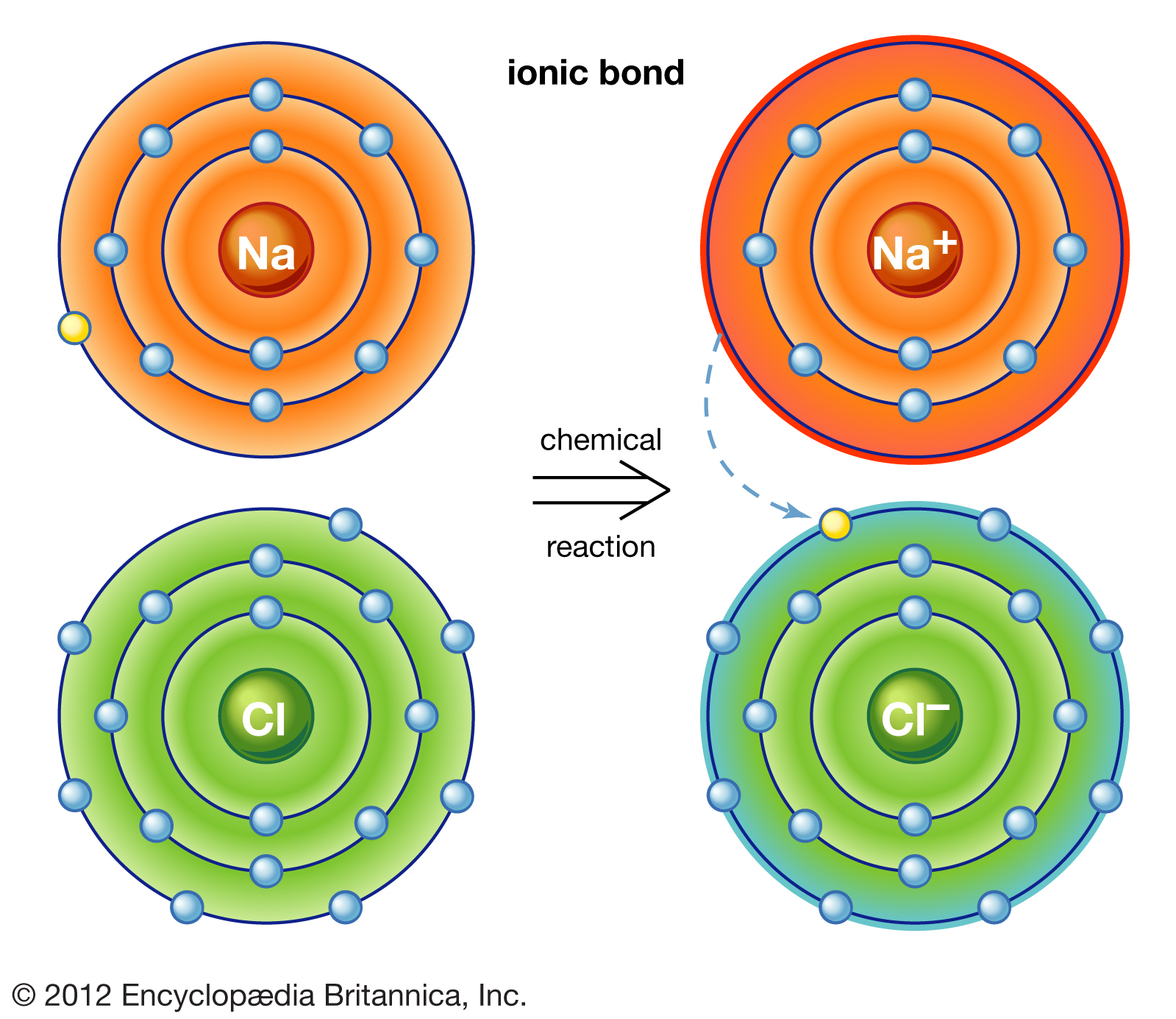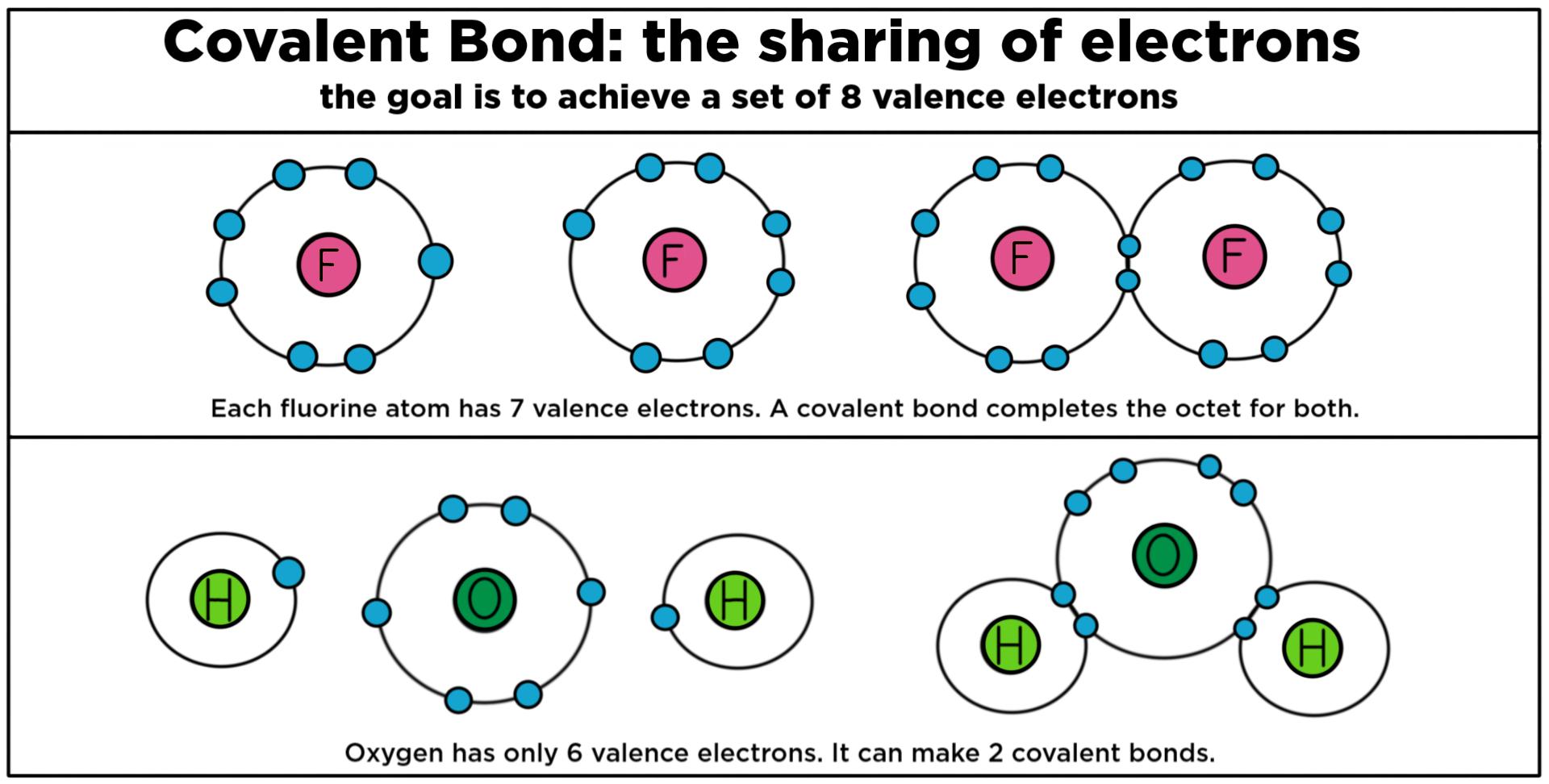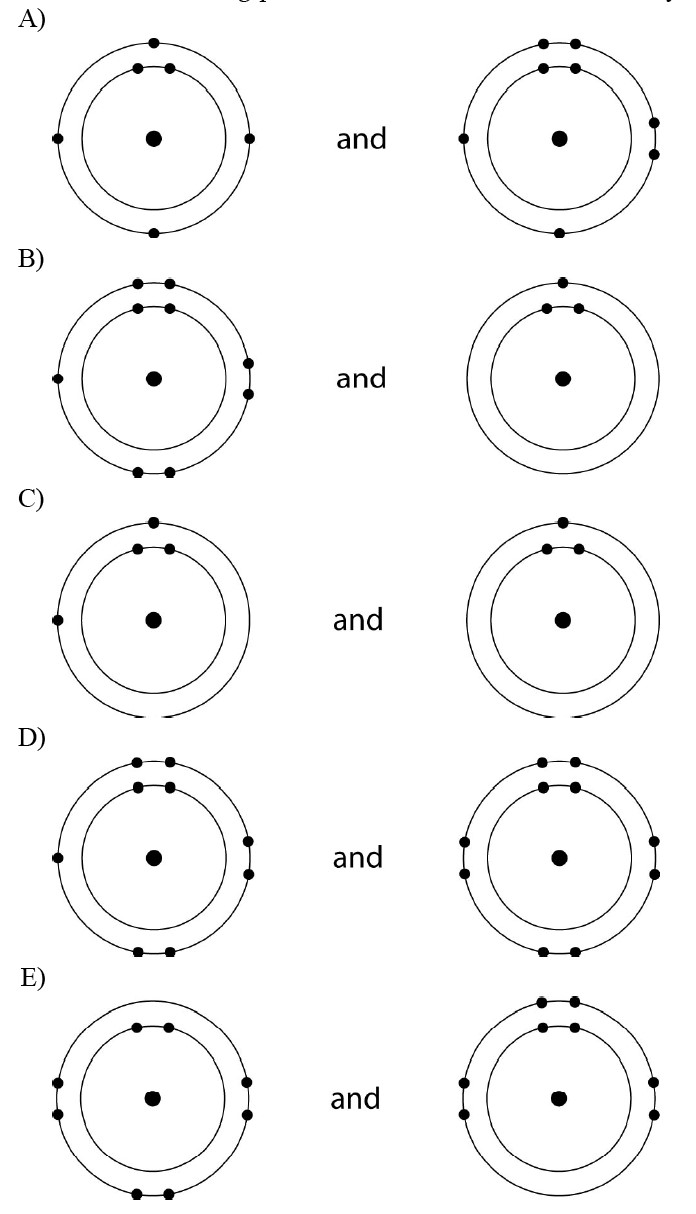Which Pair Of Elements Would Form An Ionic Bond
Which Pair Of Elements Would Form An Ionic Bond - Compounds composed of ions are called ionic compounds (or salts), and their constituent ions are held together by ionic bonds: It is composed of one phosphorus atom and four oxygen atoms covalently bonded together, and there is a. In modern language, the central idea of an ionic bond is that electrons (one or more, depending on the element) were transfered between the outer rings. Which pair of elements will form an ionic bond? A metal (which forms the cations) and a nonmetal (which forms the anions). Therefore, they will form ionic bond. Binary ionic compounds are composed of just two elements:
Binary ionic compounds are composed of just two elements: Which pair of elements will form an ionic bond? A metal (which forms the cations) and a nonmetal (which forms the anions). It is composed of one phosphorus atom and four oxygen atoms covalently bonded together, and there is a. Therefore, they will form ionic bond. In modern language, the central idea of an ionic bond is that electrons (one or more, depending on the element) were transfered between the outer rings. Compounds composed of ions are called ionic compounds (or salts), and their constituent ions are held together by ionic bonds:
Which pair of elements will form an ionic bond? A metal (which forms the cations) and a nonmetal (which forms the anions). Binary ionic compounds are composed of just two elements: In modern language, the central idea of an ionic bond is that electrons (one or more, depending on the element) were transfered between the outer rings. It is composed of one phosphorus atom and four oxygen atoms covalently bonded together, and there is a. Therefore, they will form ionic bond. Compounds composed of ions are called ionic compounds (or salts), and their constituent ions are held together by ionic bonds:
CH150 Chapter 3 Ions and Ionic Compounds Chemistry
A metal (which forms the cations) and a nonmetal (which forms the anions). In modern language, the central idea of an ionic bond is that electrons (one or more, depending on the element) were transfered between the outer rings. Binary ionic compounds are composed of just two elements: Which pair of elements will form an ionic bond? Compounds composed of.
Ionic Bond and Ionic Bond Formation, Definition, Properties in
Therefore, they will form ionic bond. Compounds composed of ions are called ionic compounds (or salts), and their constituent ions are held together by ionic bonds: A metal (which forms the cations) and a nonmetal (which forms the anions). In modern language, the central idea of an ionic bond is that electrons (one or more, depending on the element) were.
PPT Ionic Bonding PowerPoint Presentation, free download ID2683450
It is composed of one phosphorus atom and four oxygen atoms covalently bonded together, and there is a. A metal (which forms the cations) and a nonmetal (which forms the anions). In modern language, the central idea of an ionic bond is that electrons (one or more, depending on the element) were transfered between the outer rings. Therefore, they will.
[Solved] Which pair of elements will form an ionic compound? Multiple
In modern language, the central idea of an ionic bond is that electrons (one or more, depending on the element) were transfered between the outer rings. Therefore, they will form ionic bond. Compounds composed of ions are called ionic compounds (or salts), and their constituent ions are held together by ionic bonds: Binary ionic compounds are composed of just two.
chemistry knowledge Comparison between Covalent and Ionic Bond
Compounds composed of ions are called ionic compounds (or salts), and their constituent ions are held together by ionic bonds: Binary ionic compounds are composed of just two elements: Therefore, they will form ionic bond. It is composed of one phosphorus atom and four oxygen atoms covalently bonded together, and there is a. In modern language, the central idea of.
Examples of Ionic Bonding YouTube
Which pair of elements will form an ionic bond? A metal (which forms the cations) and a nonmetal (which forms the anions). Compounds composed of ions are called ionic compounds (or salts), and their constituent ions are held together by ionic bonds: It is composed of one phosphorus atom and four oxygen atoms covalently bonded together, and there is a..
Covalent Bonding (Biology) — Definition & Role Expii
It is composed of one phosphorus atom and four oxygen atoms covalently bonded together, and there is a. Therefore, they will form ionic bond. Binary ionic compounds are composed of just two elements: A metal (which forms the cations) and a nonmetal (which forms the anions). In modern language, the central idea of an ionic bond is that electrons (one.
Answered Consider the following pairs of atoms.… bartleby
In modern language, the central idea of an ionic bond is that electrons (one or more, depending on the element) were transfered between the outer rings. Therefore, they will form ionic bond. Compounds composed of ions are called ionic compounds (or salts), and their constituent ions are held together by ionic bonds: A metal (which forms the cations) and a.
Fourth Grade GC August 2013
A metal (which forms the cations) and a nonmetal (which forms the anions). Therefore, they will form ionic bond. Binary ionic compounds are composed of just two elements: Compounds composed of ions are called ionic compounds (or salts), and their constituent ions are held together by ionic bonds: It is composed of one phosphorus atom and four oxygen atoms covalently.
Atoms of which pair of elements will form ionic bonds in a compound
Which pair of elements will form an ionic bond? A metal (which forms the cations) and a nonmetal (which forms the anions). Compounds composed of ions are called ionic compounds (or salts), and their constituent ions are held together by ionic bonds: In modern language, the central idea of an ionic bond is that electrons (one or more, depending on.
Which Pair Of Elements Will Form An Ionic Bond?
Compounds composed of ions are called ionic compounds (or salts), and their constituent ions are held together by ionic bonds: Therefore, they will form ionic bond. A metal (which forms the cations) and a nonmetal (which forms the anions). It is composed of one phosphorus atom and four oxygen atoms covalently bonded together, and there is a.
In Modern Language, The Central Idea Of An Ionic Bond Is That Electrons (One Or More, Depending On The Element) Were Transfered Between The Outer Rings.
Binary ionic compounds are composed of just two elements:
